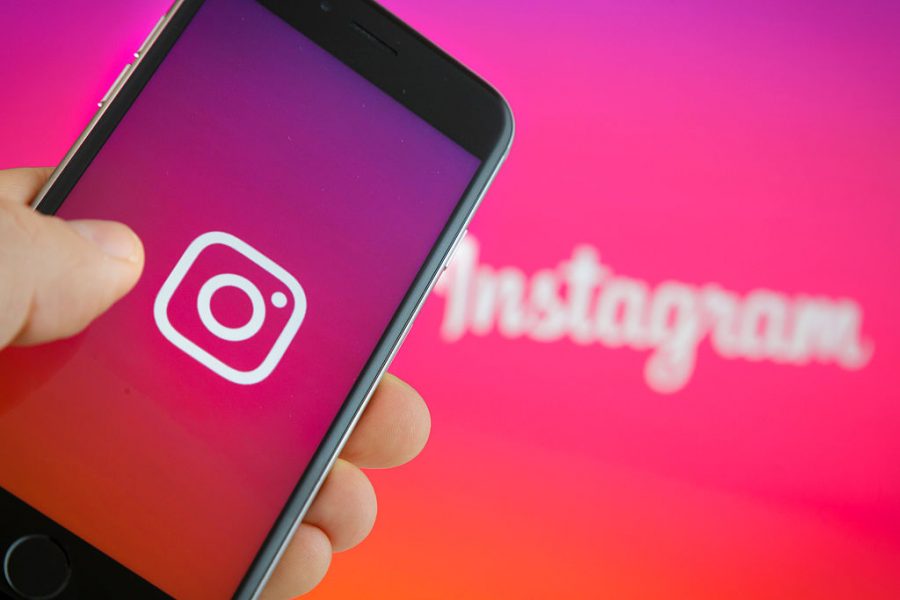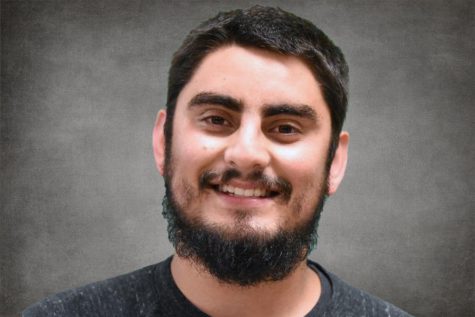Instagram users anguished over outage
BERLIN, GERMANY – SEPTEMBER 27: In this photo illustration the logo of Instagram is displayed on a smartphone on September 27, 2016 in Berlin, Germany. (Photo Illustration by Thomas Trutschel/Photothek via Getty Images)
Aug 28, 2019
Last month’s 4.5 hour Instagram outage, which according to Newsweek affected an estimated 2.3 billion users, highlighted just how much power social media has over consumers.
The idea that social media has power over people was underestimated by most until the outage led to an unexpected level of frustration and confusion from users.
In this incident, outrage was expressed through slight comedic jabs via memes thrown at Instagram and its owner Facebook on the platform itself.
Most if not all people use social media daily, however, since its creation in the early 1990s, it has become more of a way of living than a way to pass the time. The average adult spends more than 11 hours per day on social media, according to Nielsen’s market-research group.
Social media has cemented itself in American history the same way television did in decades prior.
Future generations will live with the human-made phenomenon for the rest of their lives nd have already had their worldview warped by images highlighted on social platforms.
Today, social media stars like Logan and Jake Paul have a wider range of influence over young social platform dwellwers in the same way pop stars did for the MTV genertion.
For many of the people who grew up with these platforms at their fingertips, social media influencer or Youtuber is practically higher on the list of desirable occupations than pro athletes or astronauts.
The average person can’t wait to wake up and see what happened in the world while they slept. There is no avoiding social media. Humans have added it to the list of necessary evils along with death, taxes, conflict minerals for electronics and gluten.
Social media makes life more comfortable and is relied upon for work by many people.
The evolution of multimedia and sharing online has ushered in a change in human-to-human interaction.
The addition of a more accessible version of AOL messenger, direct messaging, to social media has made it easier to communicate instantly with anyone across the world.
But what happens when it’s gone?
Did those couple of hours give us a glimpse into the future of human civilization?
Instagram, Facebook and YouTube might not be relevant in 100 years, but for now it is here to stay.
Throughout the last couple of years, those companies have faced backlash by consumers because of privacy concerns which sparked conversations about whether it’s worth giving up personal information for the right to use the product.
Instagram is the third most significant social media platform behind Facebook and YouTube. Today, social media is a big part of life in the U.S. and across the globe but how big of a component is it? According to statista.com, 79 percent of the U.S. population currently has a social media account.
This is a massive spike from 2008 when only about 10 percent of Americans had social media.
For most, if not all people, the first thing they do when they wake up is check their phones according to tech analyst firm ReportLinker, however, most respondents look at their email prior to social accounts.
In the same study, the results also showed that 83 percent of millennials ages 18-24 kept their phones on all day and night.



